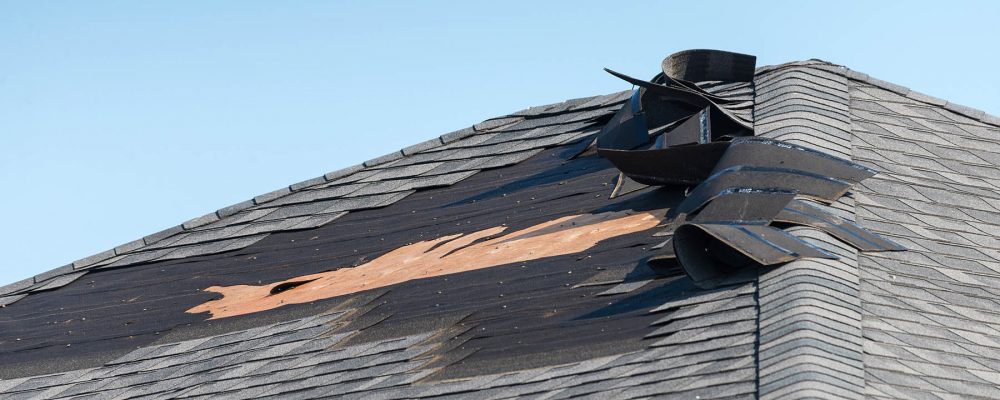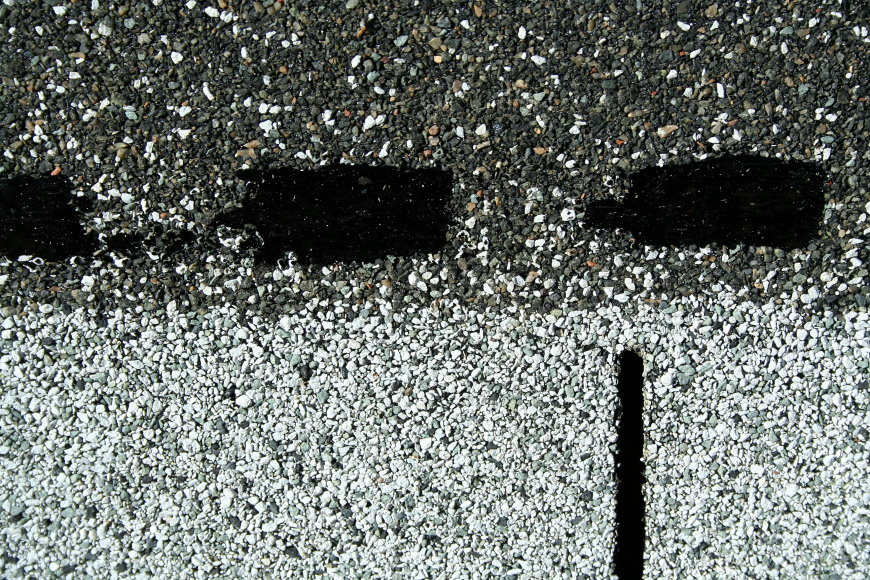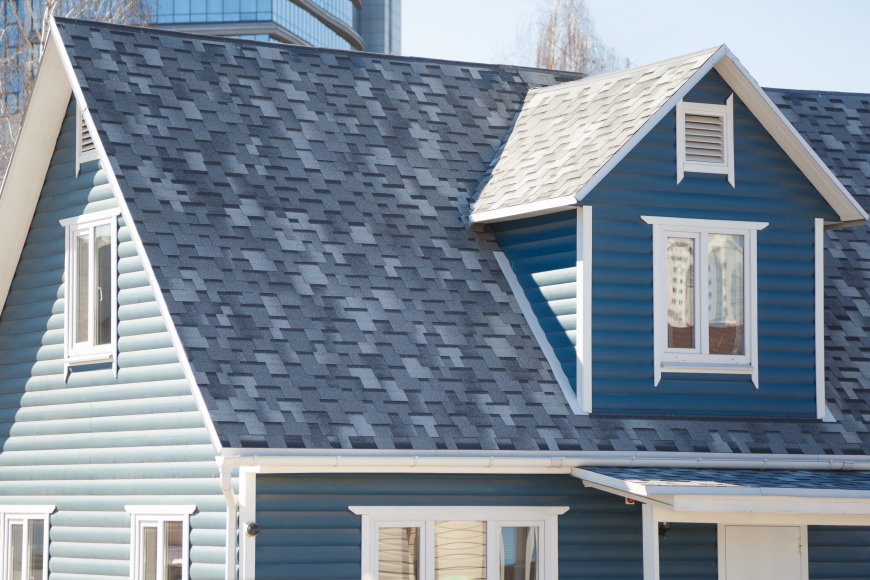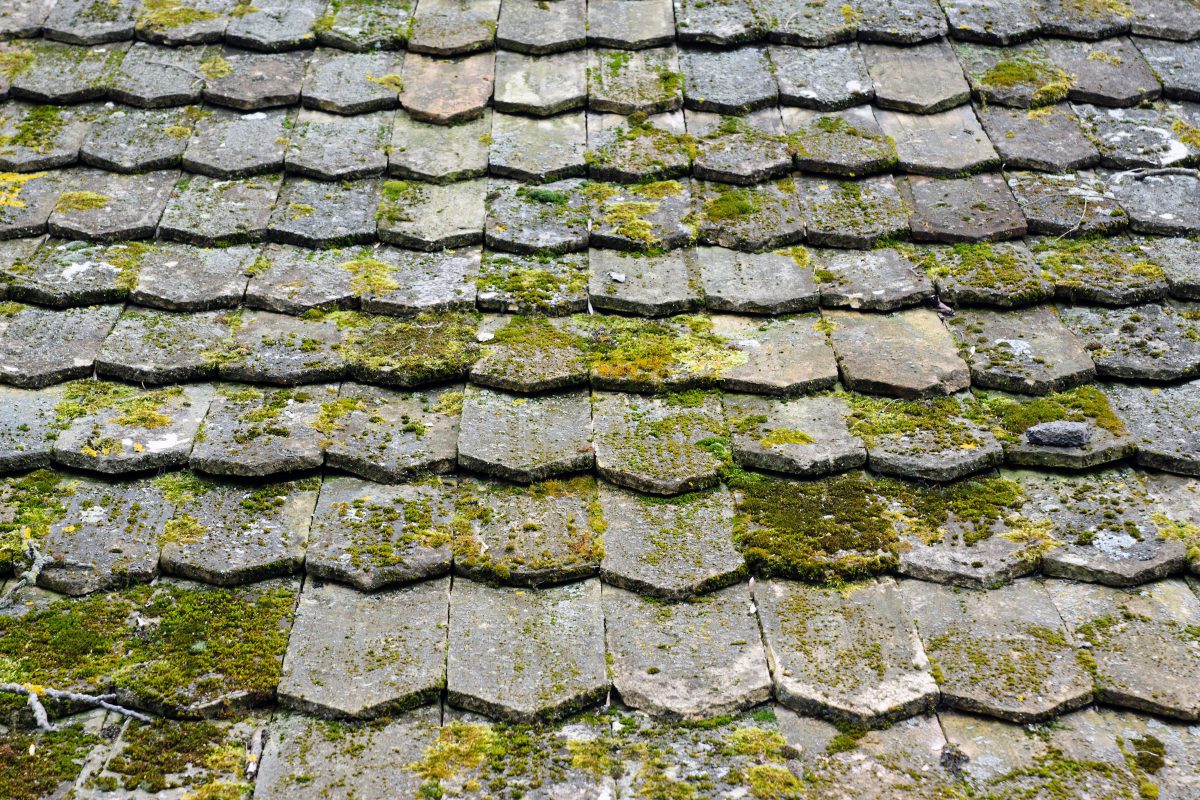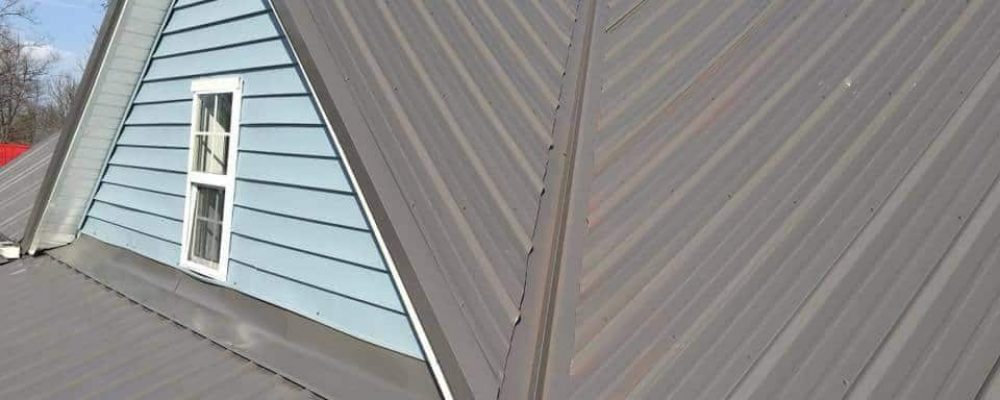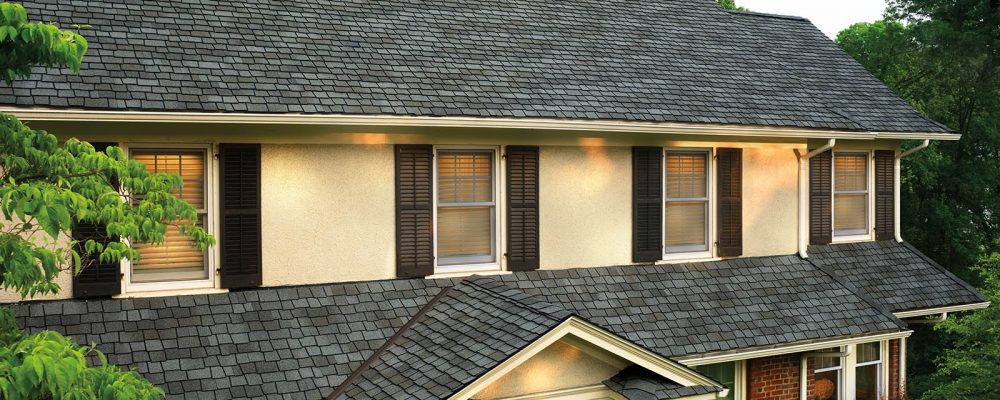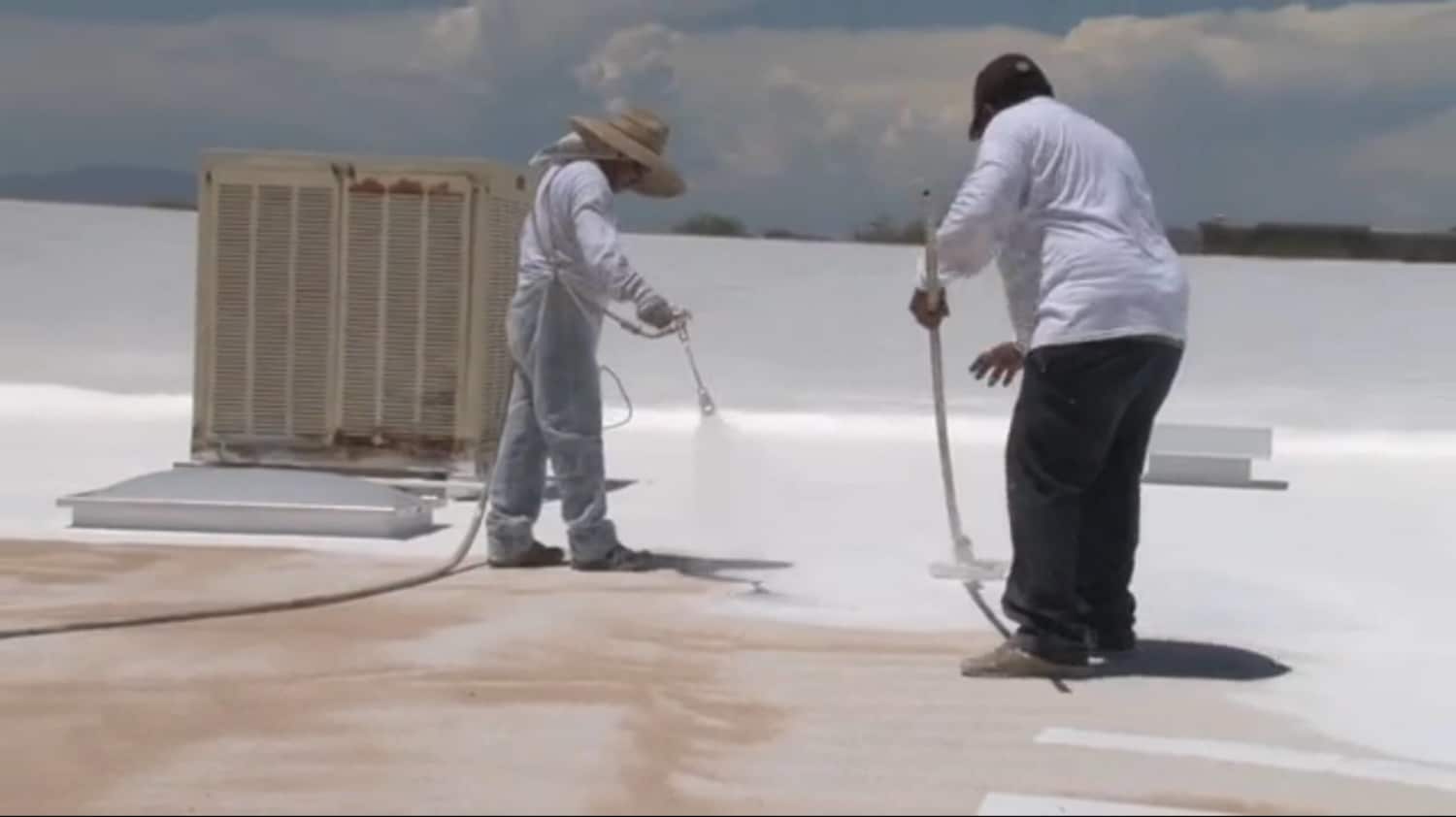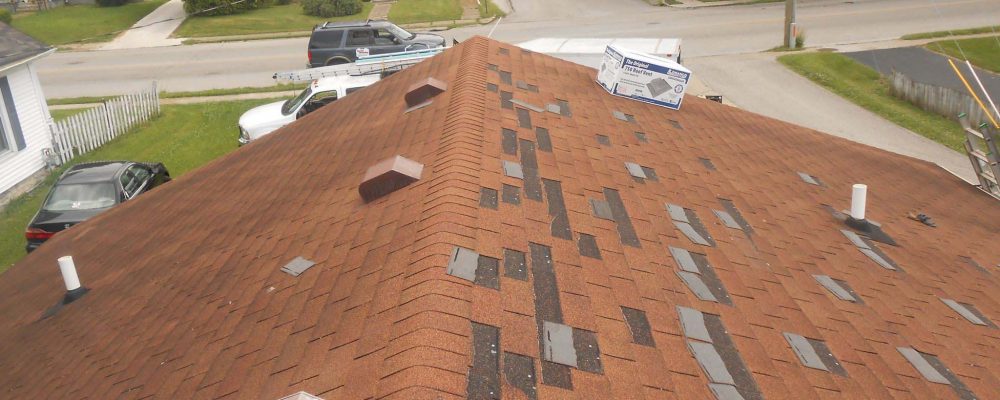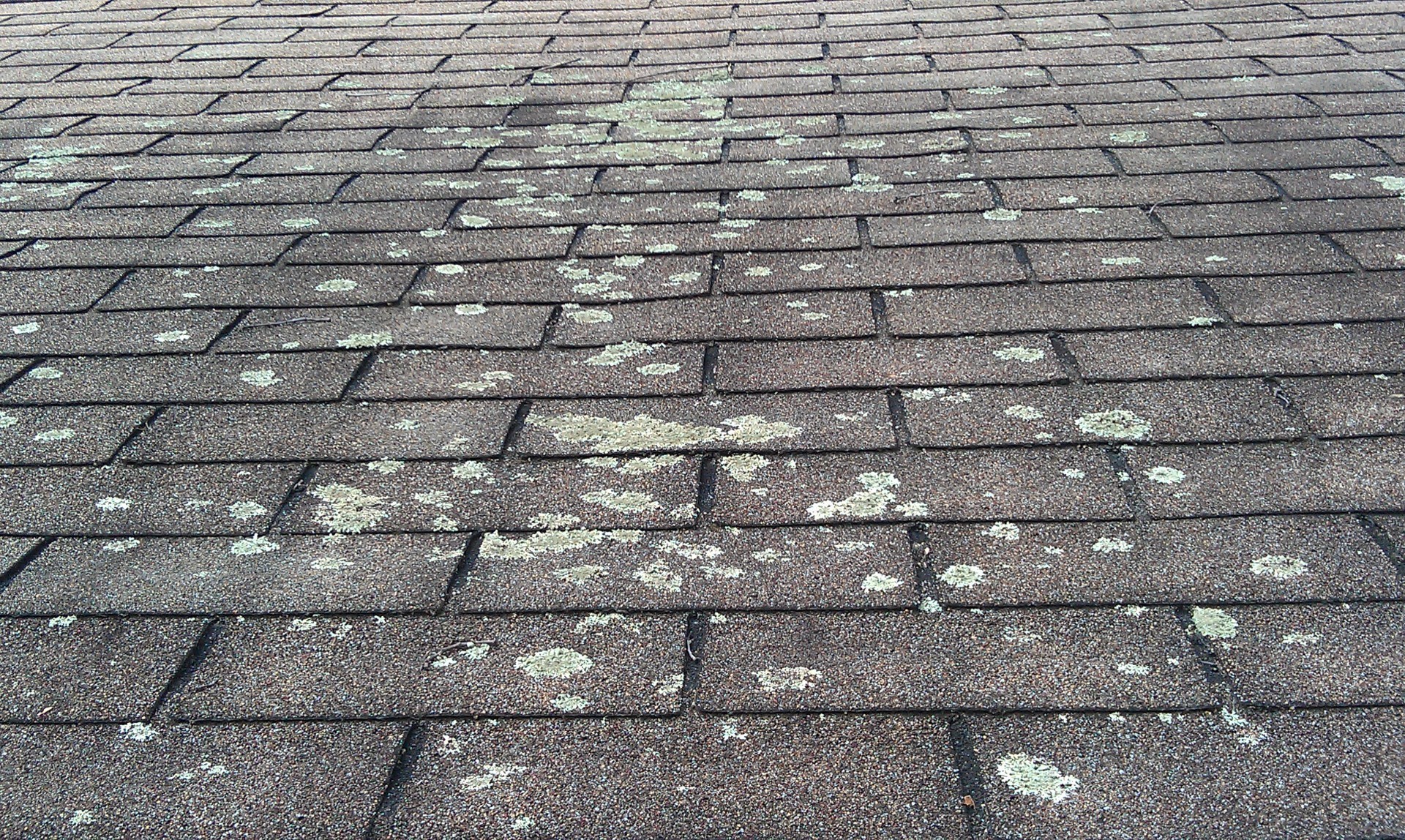How Many Layers Of Shingles Are Allowed On A Roof In Kentucky

In some situations depending on type of material and assembly the code does not allow any layers of existing roofing materials to remain under new roof covering.
How many layers of shingles are allowed on a roof in kentucky. This will also be constrained by other factors. That limit pertains to roofs with up to a 4 12 pitch. Generally it is fine to have three layers of shingle codes but you should check this is the case with your local building permit people and you should make sure that your roof and the rest of the structure have the strength to cope with the extra weight. Some home insurance policies will not cover roof repairs that include multiple layers of shingles.
Most building codes allow up to two layers of organic or fiberglass asphalt shingles. The old shingles become a layer that can foster mildew growth and trap layers of moisture. The soundness of the building you re re roofing is another consideration. Finally consider whether reroofing over the.
There are important reasons why this code is in effect. Adding a second or third layer of shingles adds significant weight to the structure. The average 30 square roof uses 90 bundles of shingles and a bundle of asphalt roofing shingles weighs about 100 pounds which means you re putting roughly 9 000 additional pounds of weight on your roof. However this depends upon the roof materials.
Most areas only allow for a maximum of two layers. According to the international existing building code homes can be re roofed one time by applying a second layer of roof shingles over the existing one but after that application begins to wear both layers need to be removed before a brand new roof is installed. It s also worth remembering that simply reroofing over your old shingles may lead to a less durable roof. In some instances 3 layers may be allowed but this is rare.
So how many layers of roof shingles are allowed. For example cedar or tile roofs are only allowed one layer. New roof covering materials are generally allowed to cover only one layer of existing roofing material. The contractor may do a walk on the roof and also inspect from the attic for any rot before installing a second layer of shingles.





